Humans and Nature: It’s Complicated
A new photo book shows all the weird and wonderful ways we connect with wild spaces
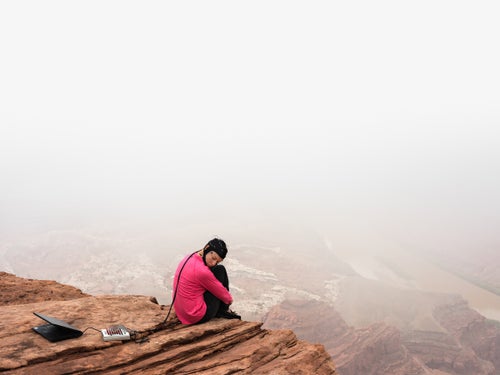
I grew up on a small farm bordering a wild forest, 30 miles east of New York City. In 2012, Hurricane Sandy flooded my family’s fields and blew down the oldest trees in the woods. On the news, scientists linked the storm to climate change caused by human activity. I realized that if humans are changing the weather, then there is no place on earth unaltered by people.
Human Nature ($60, Nazraeli Press), my third book of photographs, begins in cities and moves through forests, farms, deserts, ice fields, and oceans, toward wilderness. In an age when the average American spends 93 percent of their life indoors, I photographed government programs that connect people to nature, neuroscientists measuring how spending time in wild spaces benefits us, and climate scientists measuring how human activity is changing the air. The scientists included in the book are now facing budget cuts and censorship by the Trump administration.
Photographers normally portray nature as either a pristine wilderness or as a disaster. I wanted to describe a relationship with nature that is more complicated and more intimate.
Photo: Kate MacNamee waits for a storm to pass while participating in an electroencephalogram (EEG) study. Researchers at the University of Utah, working under David Strayer, are conducting studies measuring cognition in nature. The EEG cap and facial electrodes record brain activity as participants are exposed to different natural environments.
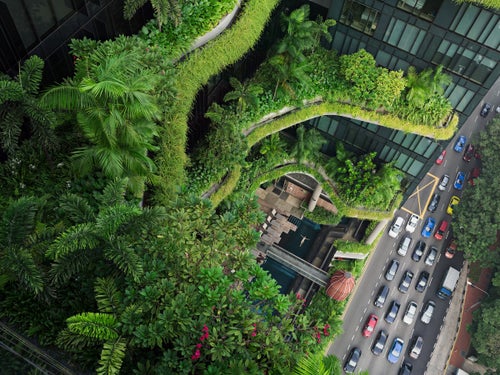
Esme Cullen, a hotel guest, swims in a balcony pool at the Parkroyal on Pickering in Singapore, a wealthy island metropolis. Singapore has increased its land mass by 20 percent, turning ocean into green space. Under the Singapore Green Plan, even wild spaces are being reincorporated into the city. For instance, the Parkroyal on Pickering contains more than 15,000 square meters of greenery, amounting to twice its footprint. Completed in 2012, the hotel introduced the country’s first solar-powered sky gardens. Among its other energy conservation features are the use of automatic lights, rain and motion sensors, rain harvesting, and recycled water.
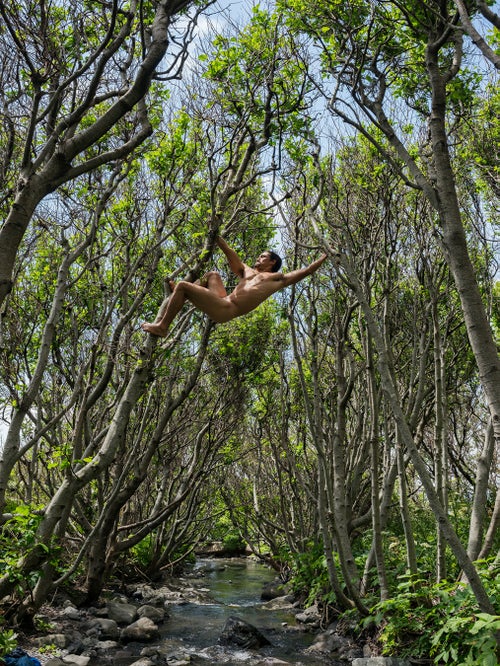
Matthew Sakae Forkin swings between trees on the Lost Coast of California. Trained as a mechanical engineer, Matthew worked in the solar energy industry and directed the design and construction of a clean-room factory (one that is highly controlled and sanitized) for cookware in Thailand. After moving back to the United States, he spent two years sourcing his clothes, food, tools, and shelter from the wild. Now living in San Francisco, his goal is to bridge the primitive and modern worlds.
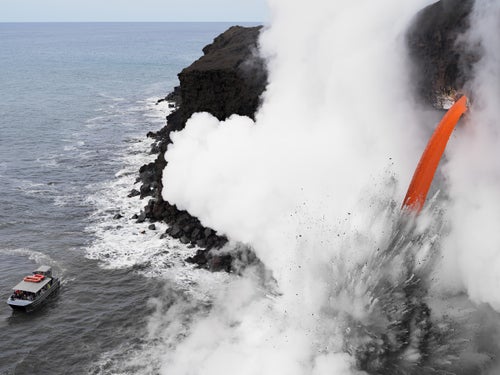
Even though no place on earth is unaltered by people, we still want to experience wild places. Here, molten lava pours out of Hawaii’s Kilauea volcano and into the Pacific Ocean. Kilauea has been erupting continuously since 1983. Tourists from around the world rent seats on lava boat tours, despite the risk of flaming debris falling on them.
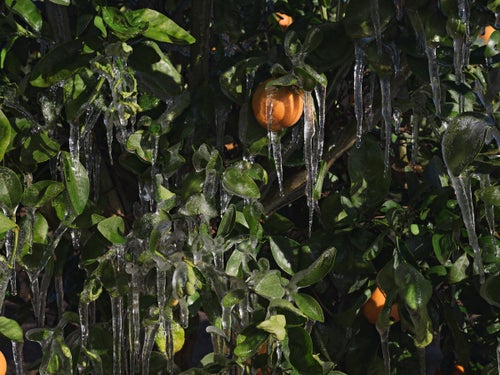
Farmers still use ice, the best technology available, to protect orange trees from cold winter temperatures in the Central Valley of California. This counterintuitive practice protects fruit because heat is produced as water freezes.
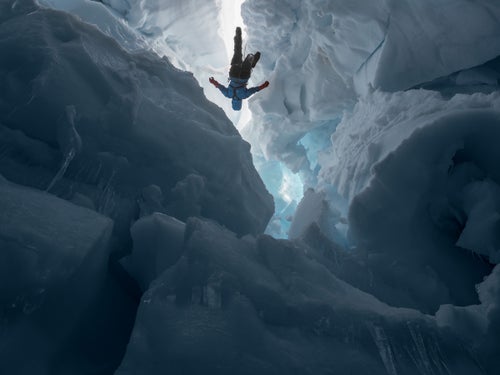
Kenzie McAdams, a student research assistant, hangs from her safety rope inside a melting glacier. She is with the Juneau Icefield Research Program, in which students assist scientists in climate research. Every summer since 1946, members have traversed the ice field, contributing to the oldest continual study of a glacier in the Western Hemisphere.
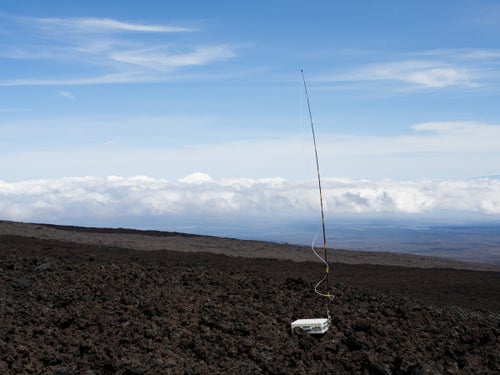
Air sampling at Mauna Loa Observatory in Hawaii for the National Oceanic and Atmospheric Administration. NOAA measurements at this site, 11,000 feet up the slope of the Mauna Loa volcano, constitute the longest record of atmospheric CO2 concentrations in the world. The Trump administration has proposed cutting NOAA’s budget by 17 percent, including a 26 percent cut to research.
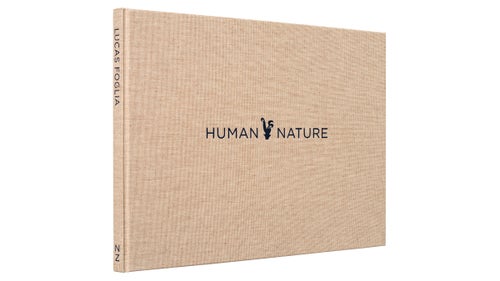
Human Nature is available now from Nazraeli Press. This fall, I will also have solo exhibitions at Michael Hoppen Gallery in London and Fredericks and Freiser Gallery in New York.